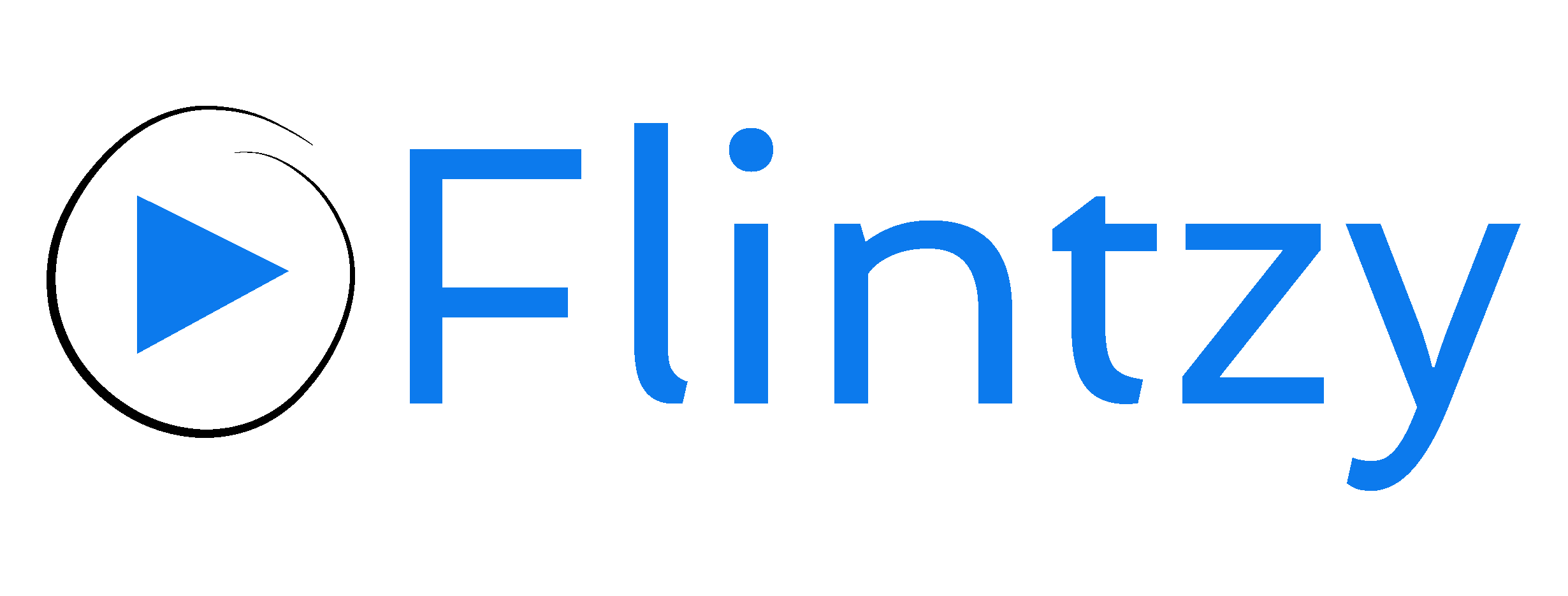We all know that YouTube takes down videos if they are inappropriate or when users flag them for violation. But did you know that even local government bodies can submit requests for removal if videos violate local laws?
Violations may differ according to the region or country and can result in possible legal liabilities. Which is why it’s critical to post a YouTube video that abides by the platform’s community guidelines and content policies.
To avoid the broil, we’ll walk you through the seven most common content types that governments have cited in their removal requests. Use this checklist to ensure that your videos do not fall under any of these categories.
1. Defamation
If your videos post false information against political parties, government agencies, or damage a public servant’s reputation, you may very likely invite your local government’s attention.
2. Hate speech and religious offence
Videos that promote hate and violence against individuals or groups based on their ethnicity, race, nationality, gender, sexual orientation, religion, caste or disability can put content creators in trouble.

Leaking a government official’s confidential information or private details, or releasing conspiracy theories against the government which could cause instability and mistrust among citizens, could warrant unwanted squabbles.
4. Obscenity or nudity
For obvious reasons, creators who share pornography, sexually explicit content, child sexual abuse or graphic imagery, anything that constitutes violence or fetishes may have their content or channel removed.
5. Violence
Avoid promoting violence and encouraging viewers to commit violent acts. For example, an educational martial arts video would not be categorised as violent, as opposed to a video of an adult beating a child. Also note, videos that contain gore like corpses, injuries or bloodshed that might shock viewers, are a big no-no.
6. Harassment and bullying
You need to be sensitive towards how your content could impact viewers. If your video negatively targets individuals for their physical attributes or you promote people indulging in name-calling and vitriolic insults, your video can get flagged for harassment or bullying.
https://giphy.com/gifs/watchmixer-bye-banned-so-long-LlExNBBWRSoGWIPRqQ
7. Regulated good and services
Make a list of items that are banned in your country – from firearms and alcohol to escort services. Ensure that your video doesn’t promote sales of these items or instructions for their usage.
https://giphy.com/stickers/mikebloomberg-mike-bloomberg-ekjK7KuoC1Vfa0r1gP
YouTube has a range of methods to penalise violators, ranging from a simple warning to giving a maximum of three strikes with limited privileges before the channel is terminated. However, if the violation is found to be extreme, YouTube can pull the plug on your channel without warning. You want to steer clear of any content that can put you on the government’s radar.
Interested in getting your YouTube channel seen by a huge audience? Get started here: www.flintzy.com




